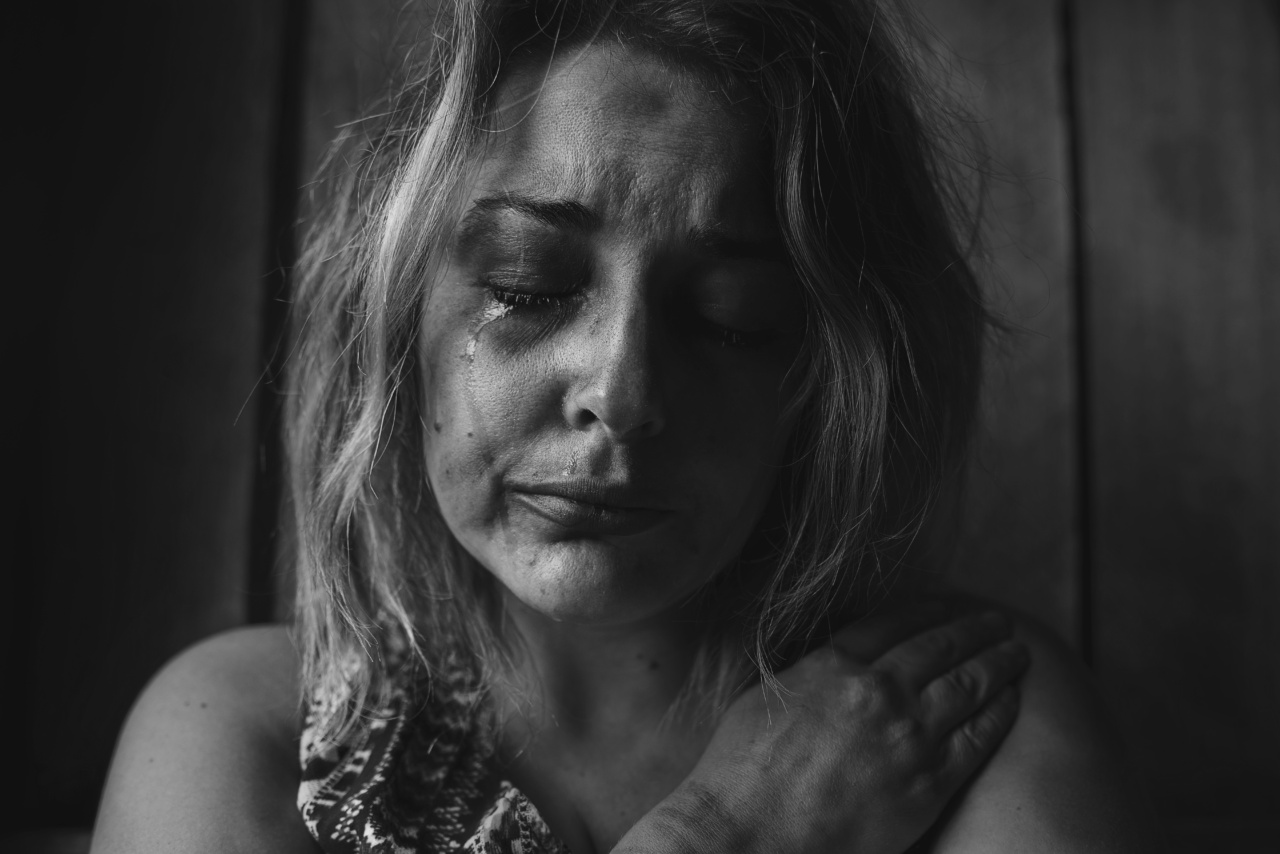The death of Robin Williams in 2014 came as a shock to millions of people around the world. Fans and fellow celebrities mourned his passing and paid tribute to his life and career.
But alongside the outpouring of grief, there was also concern about the potential impact of Williams’ death on vulnerable individuals, particularly those struggling with mental health issues. Copycat suicides are not a new phenomenon, but the question remained: would Williams’ death trigger a rise in similar cases?.
What are Copycat Suicides?
Also known as suicide clusters or contagion, copycat suicides refer to instances where one suicide or suicide attempt leads to others.
This can occur through a variety of mechanisms, such as media reports that glorify or sensationalize suicide, social influence and peer pressure, or the identification and emulation of a suicide victim or celebrity. Copycat suicides can have a devastating impact on communities and families, and they can be particularly common in schools, universities, and other institutions where young people may be more vulnerable.
The Impact of Robin Williams’ Death
Robin Williams’ death led to widespread media coverage, social media reactions, and public discussions about suicide prevention and mental health awareness.
While many people expressed their condolences and shared stories of how Williams had touched their lives, others attempted to make sense of his suicide and to understand the factors that may have contributed to it. Some commentators speculated that Williams’ personal struggles with addiction, anxiety, and depression may have played a role, while others focused on the social and cultural contexts that surround suicide in general.
However, several reports indicated that there was a spike in suicides following Williams’ death, particularly in the United States.
One study published in the journal PLOS ONE found that suicides in the US increased by nearly 10% in the months after Williams’ death, with an estimated 1,841 additional suicides during that period. The study also noted that younger and middle-aged adults were most likely to be affected, as well as areas with high media exposure to Williams’ death.
The Role of Media
The media plays a crucial role in shaping public perceptions of suicide and mental health. While responsible reporting can help to promote awareness and understanding, sensational or graphic depictions of suicide can contribute to copycat behavior.
For instance, studies have shown that media coverage of suicide tends to focus on the sensational aspects of the story, such as the method used, rather than on the underlying causes or risk factors. This type of coverage can lead to suicide contagion by creating a sense of glamour or romanticism around suicide, or by offering a simplistic explanation for complex problems.
In the case of Robin Williams, many media outlets emphasized the tragic and shocking nature of his suicide, often without providing sufficient context or resources for those seeking help.
Some even speculated on the details of his death, leading to speculation and misinformation. This type of coverage can be harmful to vulnerable individuals who may be struggling with their own mental health, or who may be influenced by the actions of others.
Preventing Copycat Suicides
Preventing copycat suicides requires a multi-faceted approach that involves both media organizations and mental health professionals.
One key strategy is to promote responsible and evidence-based reporting of suicide and mental health issues, including the use of guidelines and best practices for journalists. This can help to reduce the risk of contagion by providing accurate and informative coverage that focuses on prevention and treatment.
Another important strategy is to increase access to mental health resources and support for individuals who may be at risk of suicide or who have been affected by suicide.
This can include crisis helplines, counseling services, and support groups, as well as outreach and education initiatives aimed at raising awareness and reducing stigma around mental health issues.
The Importance of Awareness and Education
Ultimately, the key to preventing copycat suicides is to promote awareness and education about mental health and suicide prevention.
This involves fostering a culture of openness and empathy around mental health issues, as well as providing resources and support for those in need. By breaking down the barriers and stigma that often surround suicide and mental illness, we can create a more compassionate and supportive society that values every individual’s right to life and well-being.
Conclusion
The death of Robin Williams, like all cases of suicide, is a tragedy that has touched many lives.
While copycat suicides are a real and pressing concern, it is important to remember that suicide prevention is possible and that every life is worth saving. By working together to promote awareness, education, and support for those in need, we can help to create a world where suicide is a thing of the past.































